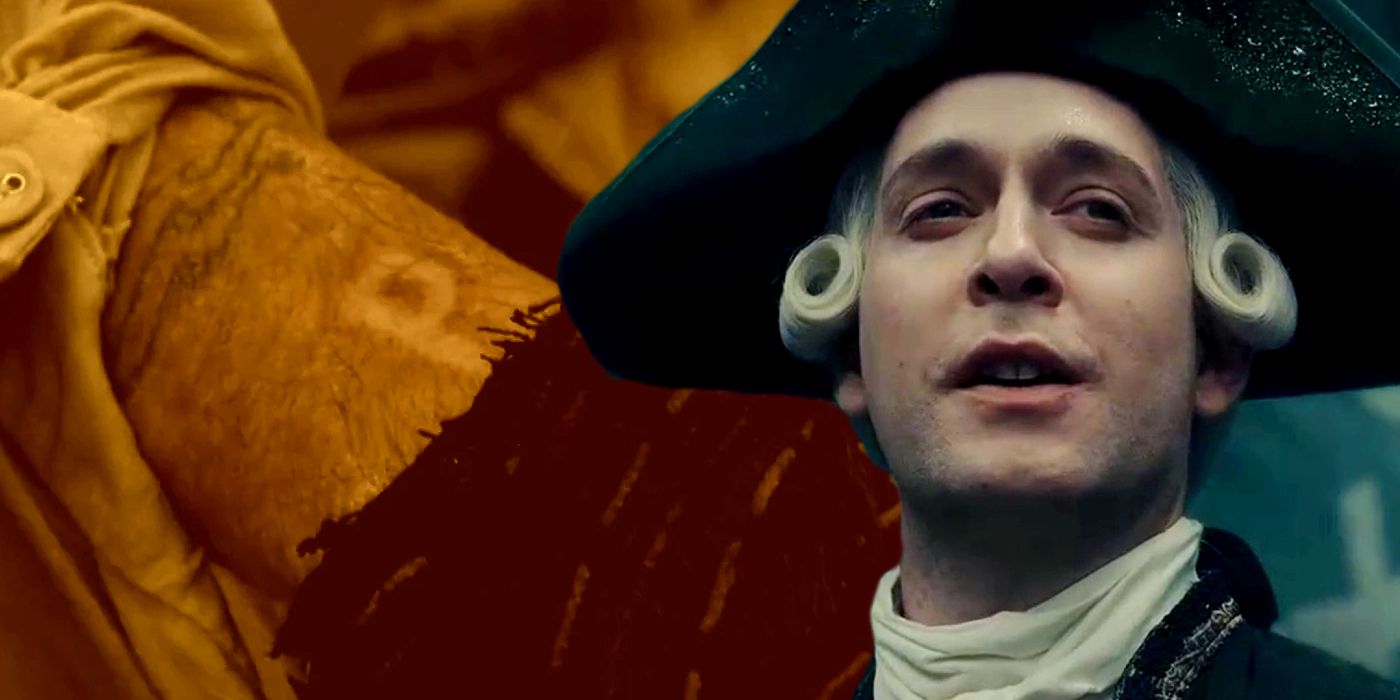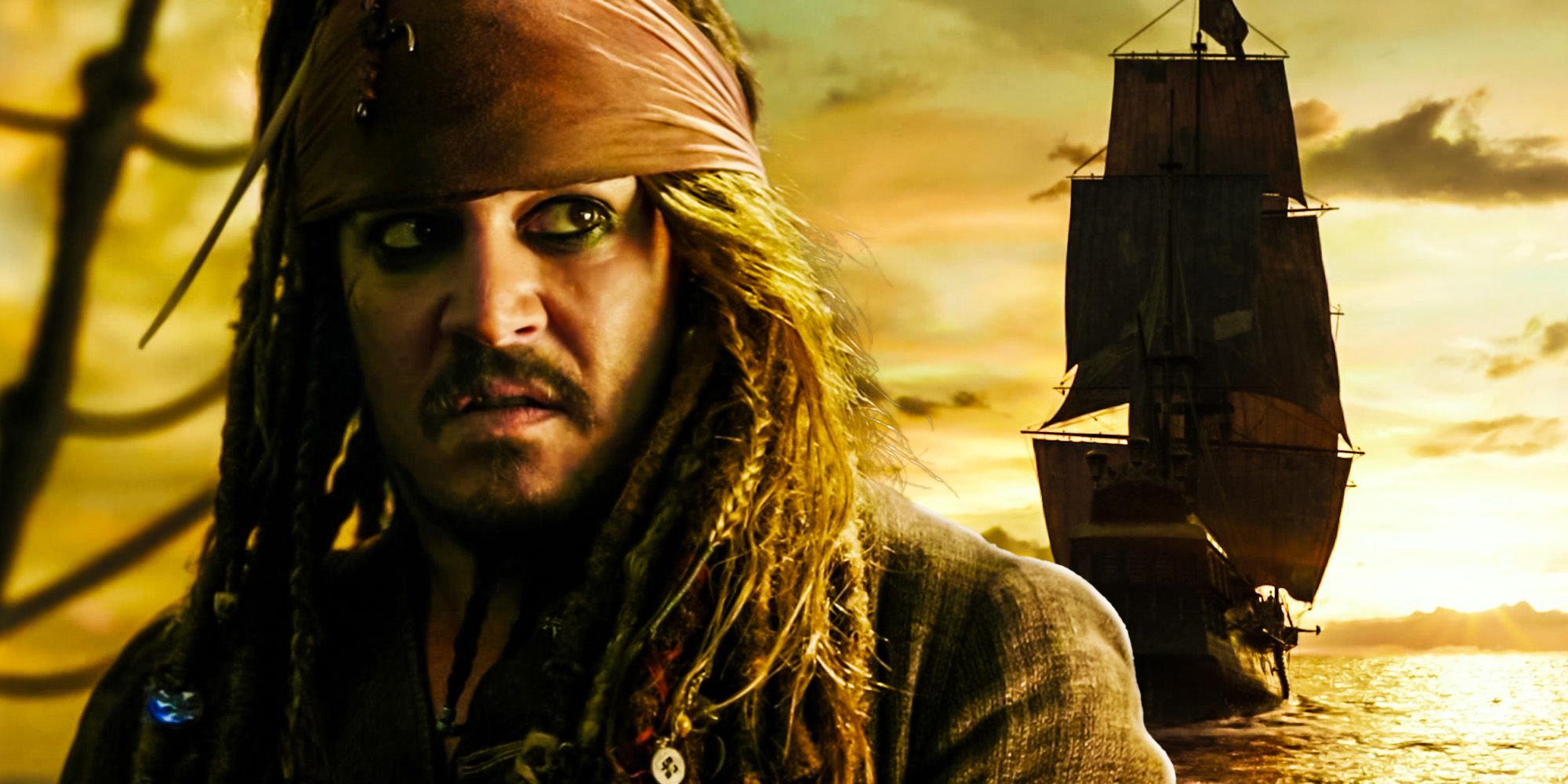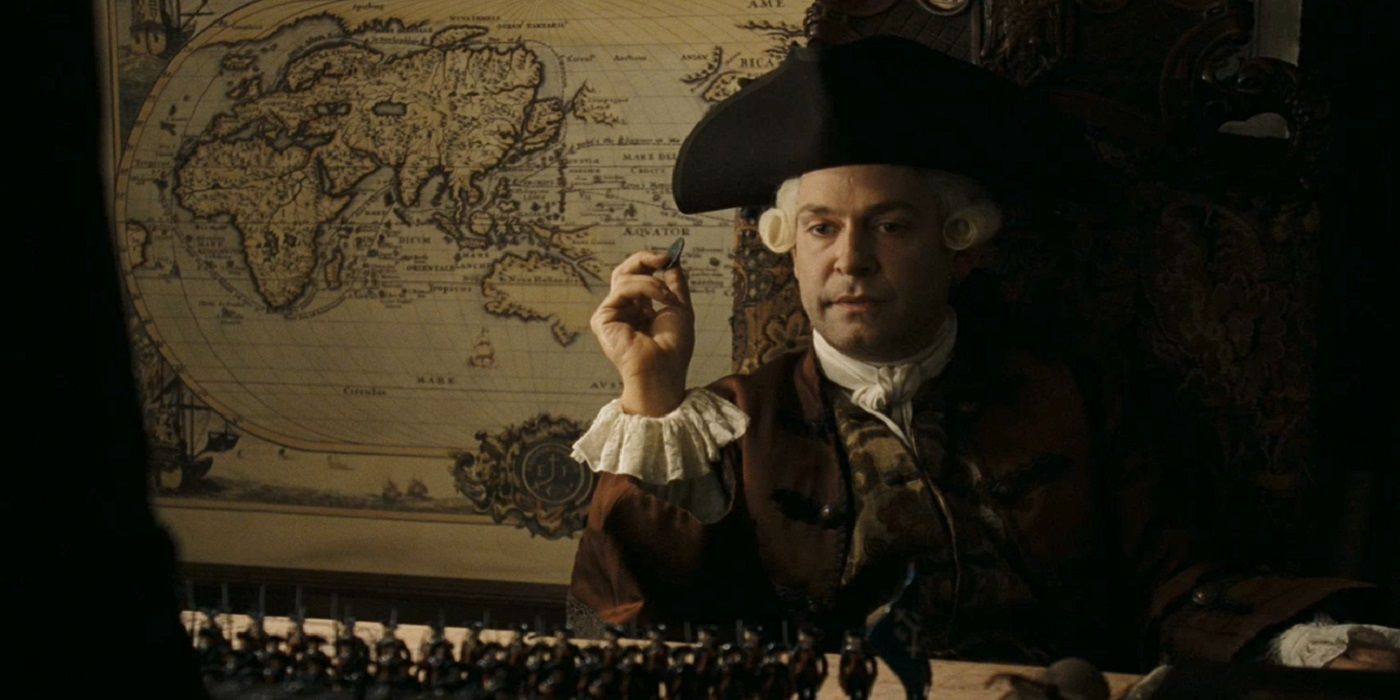While the Pirates of the Caribbean movies did depict the East India Trading Company as villains, the franchise didn’t even touch on the real-life institution’s crimes. The Pirates of the Caribbean movies were never overly concerned with historical accuracy, as evidenced by the presence of the Kraken among the franchise’s villains. However, the East India Company, who act as antagonists throughout the series, were a very real institution and their real-life exploits were more chilling than the scariest Pirates of the Caribbean movies.
In the Pirates of the Caribbean movies, Jack Sparrow has a ‘P’ for Pirate branded on his arm, which he notes was a gift from the East India Trading Company. While it is true that the corporation branded alleged pirates, in reality, the company branded suspects on their foreheads. Not only that, but Jack at least was guilty of piracy. In reality, the East India Trading Company operated with impunity, meaning they branded, tortured, and killed plenty of suspects without trials or due process. A law unto themselves, the East India Trading Company was a racketeering outfit that arguably did more damage than the pirates they eradicated – a shameful legacy barely acknowledged by the Pirates of the Caribbean movies.
East India Company’s Real-life History Explained
The East India Company effectively rid the seas of piracy, as later movies in the Pirates of the Caribbean franchise note, by establishing monopolies over trade routes. However, this is traditionally envisioned as a peaceful handover of power or, at worst, a case of law and order being harshly enforced on a previous lawless sea. In reality, the despotic East India Company ruled with an iron fist and murdered thousands, engineering genocidal famines to ensure that its reign over South Asian countries continued despite local resistance. Even in Britain, far from the site of colonial crimes, the East India Company funded some of the worst political corruption in the country’s history (via The Guardian), with massive bribes ensuring the corporation had more political sway than entire nations.
Why POTC Toned Down The East India Trading Company’s Villainy
As the plot-hole-ridden story of At World’s End proved, the Pirates of the Caribbean movies couldn’t always make corporate intrigue as interesting as swashbuckling action. However, a lack of audience interest was not the only reason that the series toned down the crimes of the East India Trading Company. The exploits of the real-life corporation wouldn’t have been suitable viewing for families and wouldn’t have made for fun summer blockbuster fare. Representatives of the East India Trading Company tortured and branded people accused of piracy, illegally introduced opium to China and caused an addiction epidemic, engineered more than one mass famine, sold and bought slaves, and robbed countless artifacts and priceless cultural treasures.
The Pirates of the Caribbean franchise could only address the realities of the East India Company to a limited extent without becoming grim historical dramas. Jack Sparrow’s cut backstory, which revealed that he once freed a ship of slaves that the East India Company wanted to sell because “people aren’t cargo,” delved deeper into the extent of the corporation’s crimes, but was jettisoned for time. Similarly, any more extensive depictions of the real-life East India Company’s crimes would have required a level of veracity that would not have melded well with the larger-than-life paranormal antics of the Pirates of the Caribbean movies. That said, no amount of toning down can change the fact that the East India Trading Company was a truly reprehensible organization.



